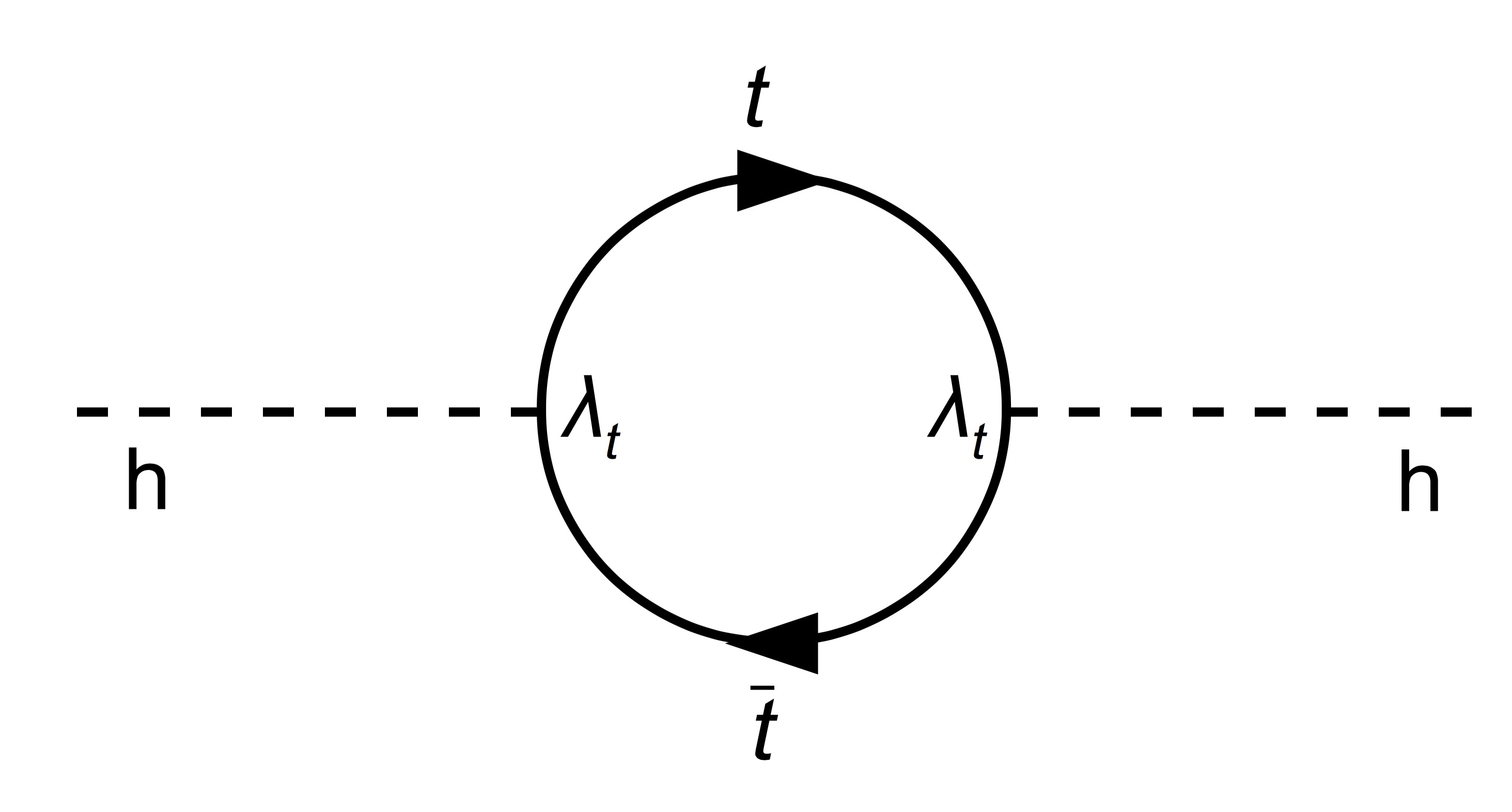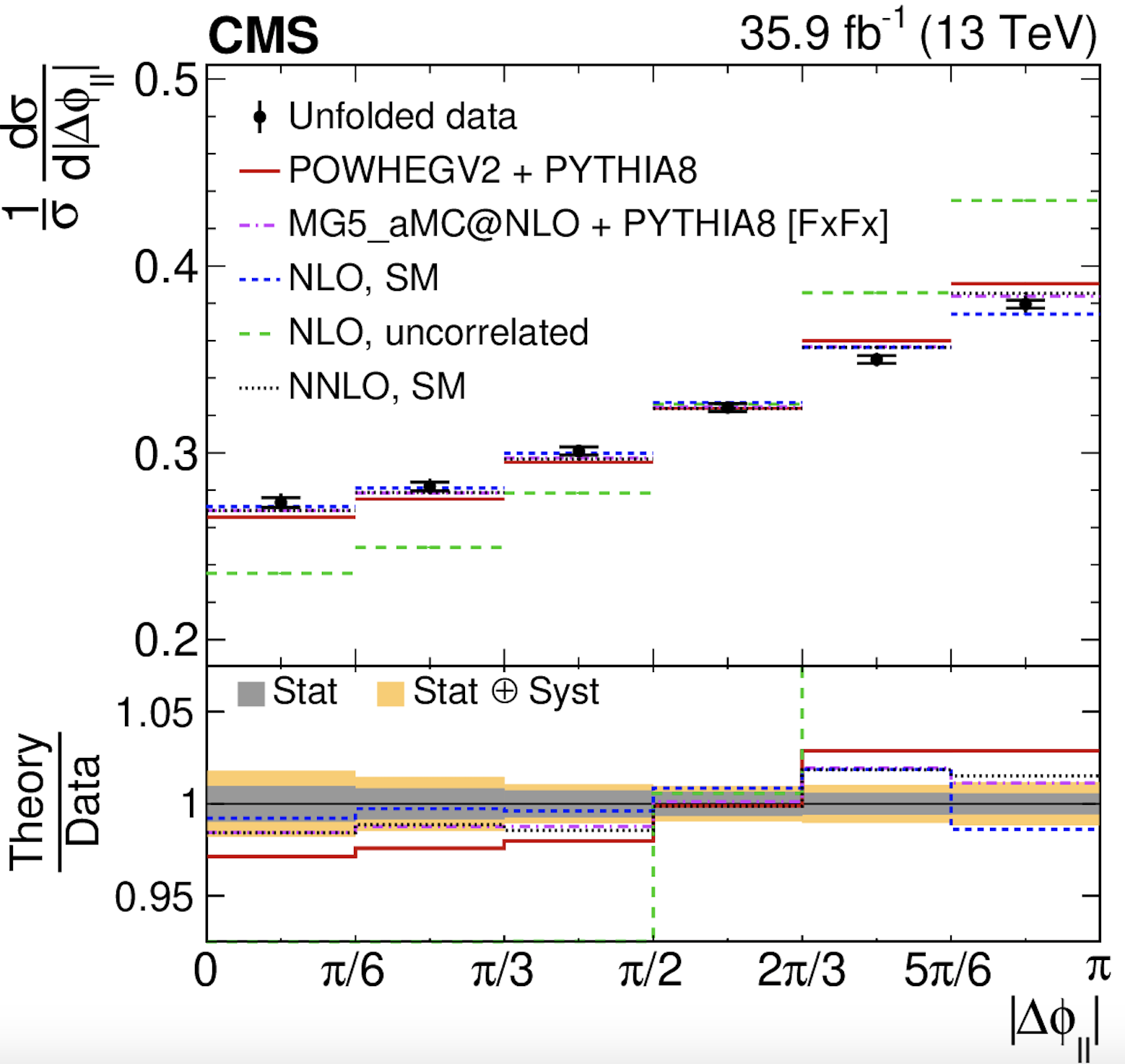Research
The Jung group focuses on research related to the analysis of vast data sample using cutting-edge analysis techniques and Instrumentation R&D to develop future detector for high energy physics. We are also engaged in quantum algorithm development at the intersection of quantum physics and advanced data analysis techniques, including machine learning on quantum computers for high energy physics and business applications. We offer UG research opportunities in all areas at all times, just get in contact with the Jung group.
- Data Analysis
- Detector Mechanics and R&D
- Thermal Measurements & Characterizations
- Applied Physics: AI/ML & Quantum Algorithm Development
- Get involved...
Data Analysis
The focus of our research is to shed light on the question of what stabilizes the electroweak scale or more precisely the Higgs mass. A future more complete theory would allow to calculate the Higgs mass and in our current best understanding (known as standard model of particle physics) the Higgs mass would receive quantum loop corrections. The loops are in fact dominated by top quarks since these are the most heavy known elementary particles.

Figure 1: Loop corrections to the Higgs mass
are dominated by top quark loops.
The loop corrections shift the Higgs mass effectively to the enormous Planck scale. However, the experimentally observed Higgs boson has a mass of about 125 GeV, much lower than the Planck mass either potentially indicating beyond the standard model effects to cancel these corrections or an incredible fine-tuning in that future theory.
We search for beyond the standard model effects by employing the top quark sector which is closely tied to the Higgs boson sector. An elegant way of avoiding the loop corrections in a future theory is by the exact cancellation of these loop corrections due to a partner of the top quark. Members of the group carried out direct searches for vector-like top quark partners up to highest achievable mass scales (see a Preliminary result here: CMS-B2G-16-002). In the absence of clear indications in the early 13 TeV data the Jung group has shifted the research focus more and more to search indirectly for any signs of deviations from the standard model via precision measurements in the top quark sector.

Figure 2: The unfolded distribution of the azimuthal
opening angle between two leptons in top quark events.
An example being the analysis of top quark spin correlations via a multi-differential cross section measurement, which allows to pinpoint any non-SM contributions provided the systematic uncertainties are well understood and under control. An example being the distribution of the opening angle of the decay leptons steming from the decay of the top quarks, refered to as |Δφ(ll)| in Figure 2. This and other highly precise differential distributions measured by CMS are sensitive to the spin correlation and polarization: PRD 100 (2019) 072002. Results are used to challenge the modeling of how top quarks are produced as predicted by the Standard Model theory.
Please take a look at the Open Positions/Contact page for Ph.D. and undergraduate research opportunities related to CMS data analysis in the group. Undergraduate researchers are an integral and critical part of the research effort.
Applied Physics: AI/ML & Quantum Algorithm Development
Automation methods for gamma ray spectroscopy and data analysis
Supply Chain and Inventory Management
Purdue Quantum Computing Landscape
Latest News
- Latest CMS News
- Observation of tt Entanglement
- DOE CMS upgrade award
- AirForce Phase III award
- DOE awards AI grant
- CMS Gold award
- Enormous Carbon Fiber prototype
- CMS upgrades funded
- Ramdas Award 2019
- New physics ?
- Summer 2018 UG exchange
- CMS phase II pixel upgrade workshop @Purdue
- Huffington Post: A new inner detector installed for CERN CMS experiment
- All News